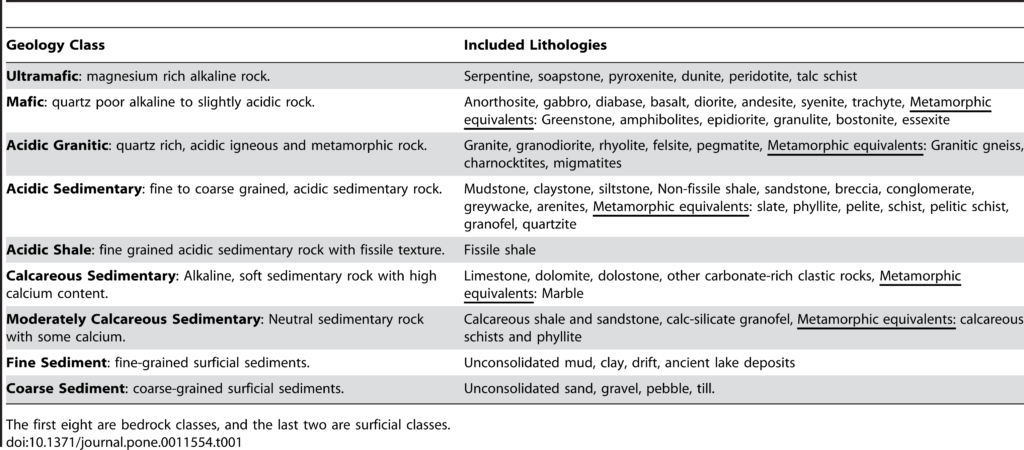@WFS,World Fossil Society,Riffin T Sajeev,Russel T Sajeev
Conserving the Stage: Climate Change and the Geophysical Underpinnings of Species Diversity
Conservationists have proposed methods for adapting to climate change that assume species distributions are primarily explained by climate variables. The key idea is to use the understanding of species-climate relationships to map corridors and to identify regions of faunal stability or high species turnover. An alternative approach is to adopt an evolutionary timescale and ask ultimately what factors control total diversity, so that over the long run the major drivers of total species richness can be protected. Within a single climatic region, the temperate area encompassing all of the Northeastern U.S. and Maritime Canada, we hypothesized that geologic factors may take precedence over climate in explaining diversity patterns. If geophysical diversity does drive regional diversity, then conserving geophysical settings may offer an approach to conservation that protects diversity under both current and future climates. Here we tested how well geology predicts the species diversity of 14 US states and three Canadian provinces, using a comprehensive new spatial dataset. Results of linear regressions of species diversity on all possible combinations of 23 geophysical and climatic variables indicated that four geophysical factors; the number of geological classes, latitude, elevation range and the amount of calcareous bedrock, predicted species diversity with certainty (adj. R2 = 0.94). To confirm the species-geology relationships we ran an independent test using 18,700 location points for 885 rare species and found that 40% of the species were restricted to a single geology. Moreover, each geology class supported 5–95 endemic species and chi-square tests confirmed that calcareous bedrock and extreme elevations had significantly more rare species than expected by chance (P<0.0001), strongly corroborating the regression model. Our results suggest that protecting geophysical settings will conserve the stage for current and future biodiversity and may be a robust alternative to species-level predictions.
Citation: Anderson MG, Ferree CE (2010) Conserving the Stage: Climate Change and the Geophysical Underpinnings of Species Diversity. PLoS ONE 5(7): e11554. https://doi.org/10.1371/journal.pone.0011554
Editor: Justin Wright, Duke University, United States of America
@WFS,World Fossil Society,Riffin T Sajeev,Russel T Sajeev



 October 17th, 2018
October 17th, 2018  Riffin
Riffin 
 Posted in
Posted in  Tags:
Tags: 